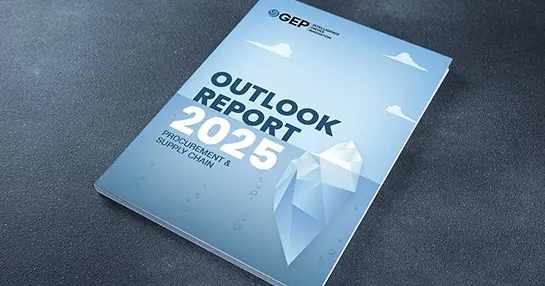What separates market-leading companies from the rest is their ability not just to read current market trends but also to foresee the future and plan for it.
Forecasting drives all strategic and planning decisions in a supply chain. GEP helps scores of global companies make key business decisions through timely and accurate supply chain forecasting.
Our supply chain forecasting services help you reduce warehousing, transportation and inventory costs, while boosting customer service levels and efficiency.
GEP’s Data-Driven Forecasting Solutions
We leverage industry-leading procurement and supply chain expertise, data insights and best practices to help companies improve forecasting and optimize their supply chains.
Comprehensive Expertise
GEP’s experts identify future trends based on a comprehensive analysis of customer demand patterns and various geographic and microeconomic factors. Using state-of-the-art forecasting tools and algorithms, we make your supply chain more agile, provide enough lead time to prevent stock-outs, optimize inventory costs and maintain a healthy bottom line. Our expertise encompasses:
- Demand Forecasting & Planning
- Inventory Forecasting & Planning
- Replenishment Forecasting & Planning
- Manufacturing Forecasting & Planning
Best Practices
Procurement and supply chain continue to witness an accelerated pace of change. To help you navigate this transformation, GEP offers expert insights and recommends these best practices:
- Align inventory with customer demand
- Improve inventory turns
- Reduce unnecessary storage and handling requirements
- Increase sales by eliminating stock-outs
- Eliminate excess and obsolete inventory
- Improve customer service levels
- Reduce the need to expedite production and transportation
Big Data Insights
We leverage big data to move beyond micro-forecasting and develop enterprise-wide predictive analytics to help you see the bigger picture.
And we don’t just stop at forecasting — GEP develops effective, result-oriented plans based on hard data to help you respond to increased demand volatility, improve supply chain visibility, identify risks and react quickly to unexpected supply chain events.
At GEP, we understand that there can’t be a one-size-fits-all approach for forecasting. We use various forecasting methods such as qualitative, quantitative, time series and regression, based on your specific business needs, to ensure that you get more accurate and reliable forecasts.




















